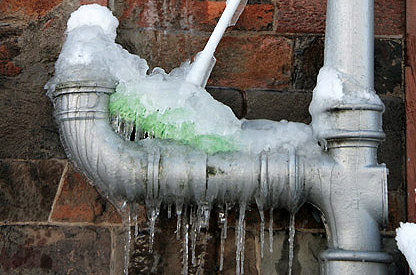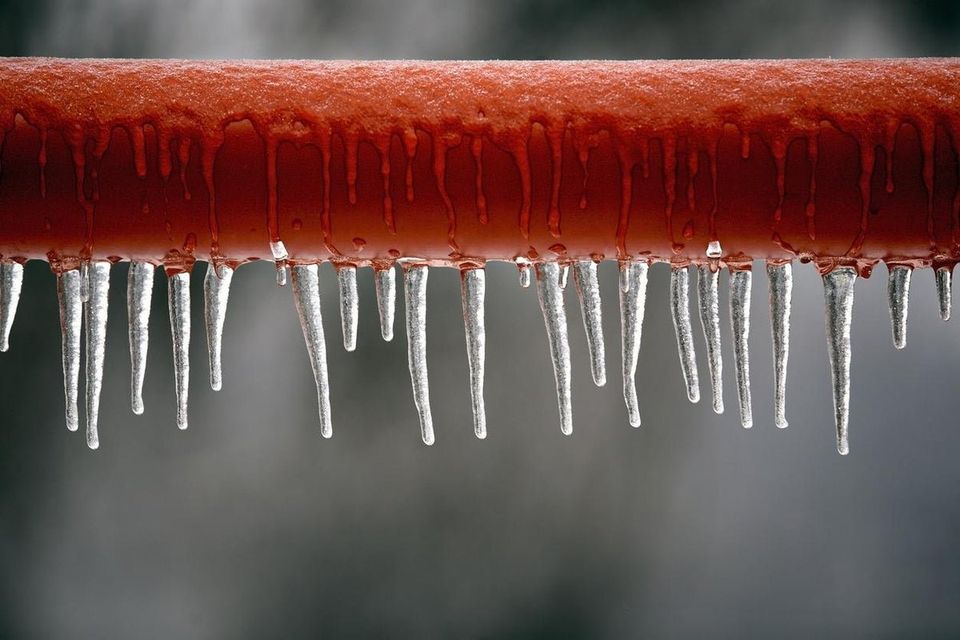Critical Approaches for Preventing Frozen Pipes in Winter
Critical Approaches for Preventing Frozen Pipes in Winter
Blog Article
In this article further down you can find a lot of really good answers when it comes to How to prepare your home plumbing for winter weather.

Winter can damage your plumbing, specifically by freezing pipes. Here's just how to avoid it from happening and what to do if it does.
Intro
As temperatures decline, the risk of icy pipes boosts, potentially causing costly repair services and water damage. Comprehending just how to stop icy pipes is vital for homeowners in chilly environments.
Understanding Frozen Pipes
What triggers pipelines to freeze?
Pipes ice up when revealed to temperature levels listed below 32 ° F (0 ° C) for extended periods. As water inside the pipes ices up, it expands, taxing the pipeline walls and potentially triggering them to burst.
Threats and damages
Icy pipes can lead to water interruptions, home damage, and costly repairs. Burst pipelines can flooding homes and create extensive structural damage.
Indications of Frozen Pipes
Determining frozen pipelines early can prevent them from rupturing.
Just how to determine frozen pipelines
Search for lowered water circulation from faucets, unusual smells or noises from pipes, and noticeable frost on exposed pipelines.
Prevention Tips
Protecting vulnerable pipes
Cover pipes in insulation sleeves or make use of warm tape to secure them from freezing temperatures. Focus on pipelines in unheated or external areas of the home.
Heating methods
Maintain interior spaces adequately heated, particularly areas with pipes. Open up cupboard doors to permit warm air to circulate around pipes under sinks.
Safeguarding Outside Plumbing
Garden hose pipes and outdoor taps
Disconnect and drain pipes garden hose pipes prior to wintertime. Install frost-proof faucets or cover outside taps with protected caps.
What to Do If Your Pipelines Freeze
Immediate actions to take
If you believe icy pipes, keep taps open to soothe pressure as the ice thaws. Make use of a hairdryer or towels taken in warm water to thaw pipelines slowly.
Long-Term Solutions
Structural adjustments
Think about rerouting pipes far from outside walls or unheated locations. Include extra insulation to attics, basements, and crawl spaces.
Updating insulation
Invest in high-quality insulation for pipes, attic rooms, and wall surfaces. Appropriate insulation aids keep constant temperatures and minimizes the danger of frozen pipes.
Final thought
Protecting against icy pipes needs positive procedures and fast actions. By comprehending the reasons, indications, and safety nets, home owners can secure their plumbing during cold weather.
5 Ways to Prevent Frozen Pipes
Drain Outdoor Faucets and Disconnect Hoses
First, close the shut-off valve that controls the flow of water in the pipe to your outdoor faucet. Then, head outside to disconnect and drain your hose and open the outdoor faucet to allow the water to completely drain out of the line. Turn off the faucet when done. Finally, head back to the shut-off valve and drain the remaining water inside the pipe into a bucket or container. Additionally, if you have a home irrigation system, you should consider hiring an expert to clear the system of water each year.
Insulate Pipes
One of the best and most cost-effective methods for preventing frozen water pipes is to wrap your pipes with insulation. This is especially important for areas in your home that aren’t exposed to heat, such as an attic. We suggest using foam sleeves, which can typically be found at your local hardware store.
Keep Heat Running at 65
Your pipes are located inside your walls, and the temperature there is much colder than the rest of the house. To prevent your pipes from freezing, The Insurance Information Institute suggests that you keep your home heated to at least 65 degrees, even when traveling. You may want to invest in smart devices that can keep an eye on the temperature in your home while you’re away.
Leave Water Dripping
Moving water — even a small trickle — can prevent ice from forming inside your pipes. When freezing temps are imminent, start a drip of water from all faucets that serve exposed pipes. Leaving a few faucets running will also help relieve pressure inside the pipes and help prevent a rupture if the water inside freezes.
Open Cupboard Doors
Warm your kitchen and bathroom pipes by opening cupboards and vanities. You should also leave your interior doors ajar to help warm air circulate evenly throughout your home.

I ran across that blog post about How To Avoid Freezing Pipes when doing a search on the internet. If you please take a moment to promote this content if you liked it. Thanks for taking the time to read it.
Free Estimates Report this page